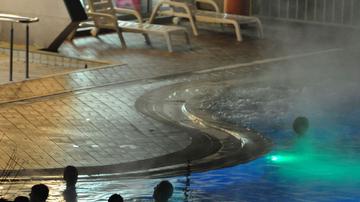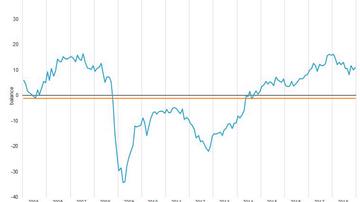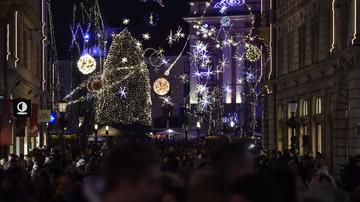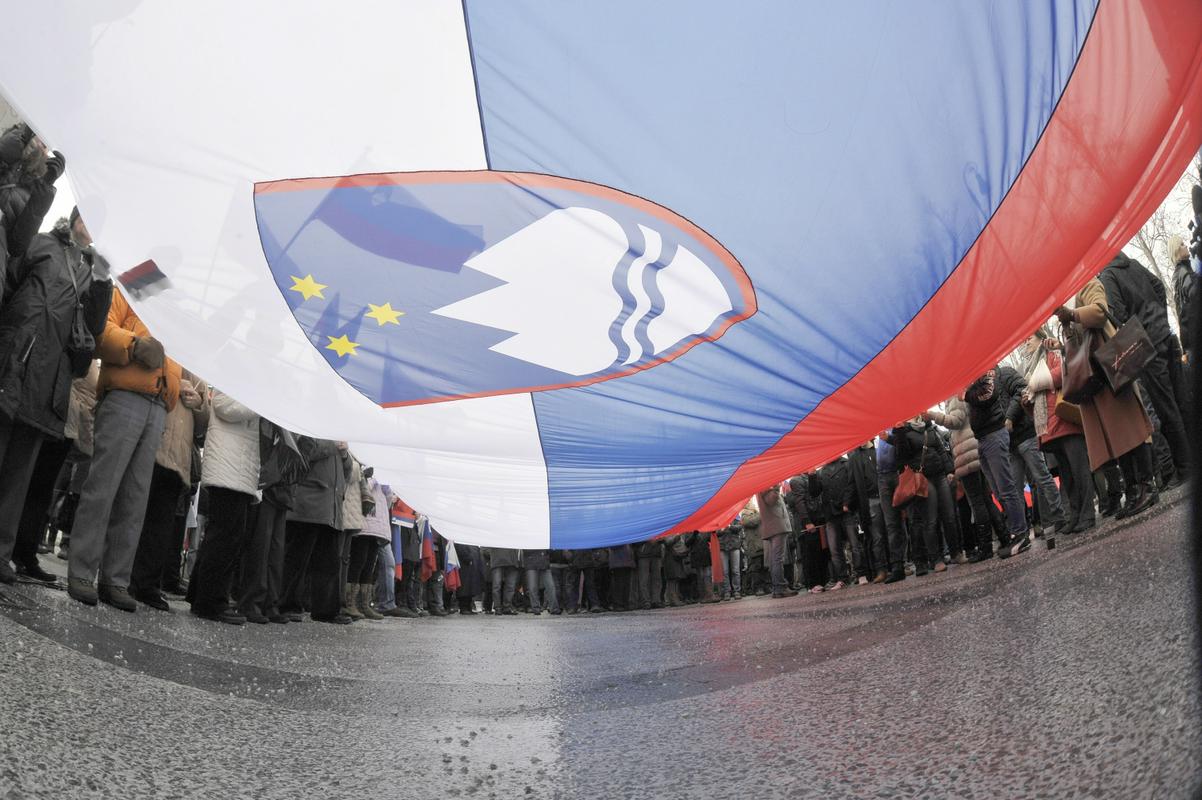

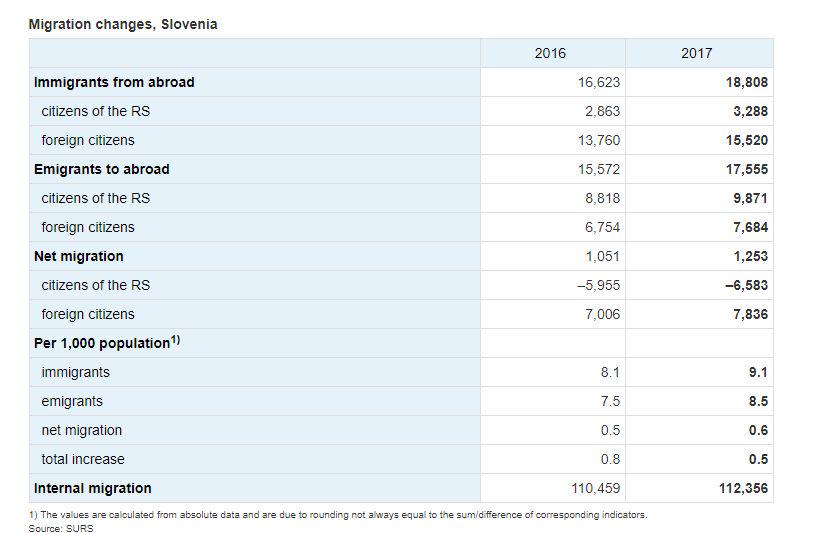
In 2017, 3,300 Slovenian citizens immigrated to Slovenia, as did 15,500 foreign citizens. Nearly 9,900 Slovenian citizens and almost 7,700 foreign citizens emigrated from the country. Net migration in 2017 was the highest since 2011: 1,253 persons.
In 2017, 18,808 people immigrated to Slovenia and 17,555 emigrated from it. Compared to 2016, the numbers of immigrants and emigrants were 13% higher. Net migration in 2017 was the highest since 2011: 1,253 more persons more immigrated to the country than emigrated from it.
For the eighteenth consecutive year negative net migration of citizens of Slovenia was recorded: in 2017, 6,583 citizens of Slovenia more left the country than returned to it. On the other hand, net migration of foreign nationals was positive for the nineteenth year in a row: in 2017, 7,836 more of them immigrated to Slovenia than emigrated from it.In 2017, 18,808 people immigrated to Slovenia and 17,555 emigrated from it. Compared to 2016, the numbers of immigrants and emigrants were 13% higher. Net migration in 2017 was the highest since 2011: 1,253 more persons more immigrated to the country than emigrated from it.
For the eighteenth consecutive year negative net migration of citizens of Slovenia was recorded: in 2017, 6,583 citizens of Slovenia more left the country than returned to it. On the other hand, net migration of foreign nationals was positive for the nineteenth year in a row: in 2017, 7,836 more of them immigrated to Slovenia than emigrated from it.
Most Slovenian citizens immigrated from Germany, most foreigners from Bosnia and Herzegovina
The most common countries of previous residence for immigrants with Slovenian citizenship in 2017 were Germany and Austria (23% and 17% respectively), followed by Croatia, Italy and Switzerland.
Most foreign immigrants in 2017 came from Bosnia and Herzegovina (40% of all foreign immigrants); some other common countries of previous residence were Serbia, Kosovo, Macedonia and Croatia.
Most Slovenian citizens to Austria, most foreigners to Bosnia and Herzegovina
In 2017, a quarter (25%) of emigrants with Slovenian citizenship left for Austria; some other common countries of next residence were Germany (19%), Switzerland and the United Kingdom.
Among foreign emigrants, the most common country of next residence was Bosnia and Herzegovina (22%), followed by Germany (15%), Serbia (11%) and Croatia (9%).
Data on socioeconomic characteristics of international migrants will be published on 20 December 2018.
Non-registration of emigration
The continuous relatively high number of emigrants is partly due to administrative de-registrations of residence for persons who actually emigrated years ago. Such de-registrations of residence accounted for about 5% of all emigrations in 2016.
1.7% more internal migrations than in 2016
In 2017, 112,356 internal migrations (i.e. changes of residence within a country) were registered by 101,025 internal migrants (10,821 residents changed their settlement of residence more than once). The number of migrations increased by 1.7% compared to 2016.
The majority of residents who changed their settlement of residence in 2017 (80%) moved to another municipality; one in five moved to another settlement within the same municipality. Most changes of residence were made by Slovenian citizens (99,200 changes), while foreign citizens recorded nearly 13,200 changes of residence. Slightly more than a half of internal migrants were 20–39 years old.
In 2017, 4.9% of Slovenian population changed their settlement of residence at least once. Compared to citizens of Slovenia, foreign citizens are a more mobile population group: one in ten foreign citizens changed the settlement of residence at least once, while among Slovenian citizens one in twenty-two did so.
In 2017 another 46,926 changes of residence by 44,547 residents were recorded within settlements; statistically these are not counted as migrations. Within Ljubljana 14,661 residents changed their residence at least once, and within Maribor 5,152 residents did so.
New in the SI-STAT database
The SI−STAT database contains the series of data on migration. The data series is completed with data for 2017. The latest data on international and internal migration, migration change and total increase are now available. A lot of data are available for several territorial levels.





















































